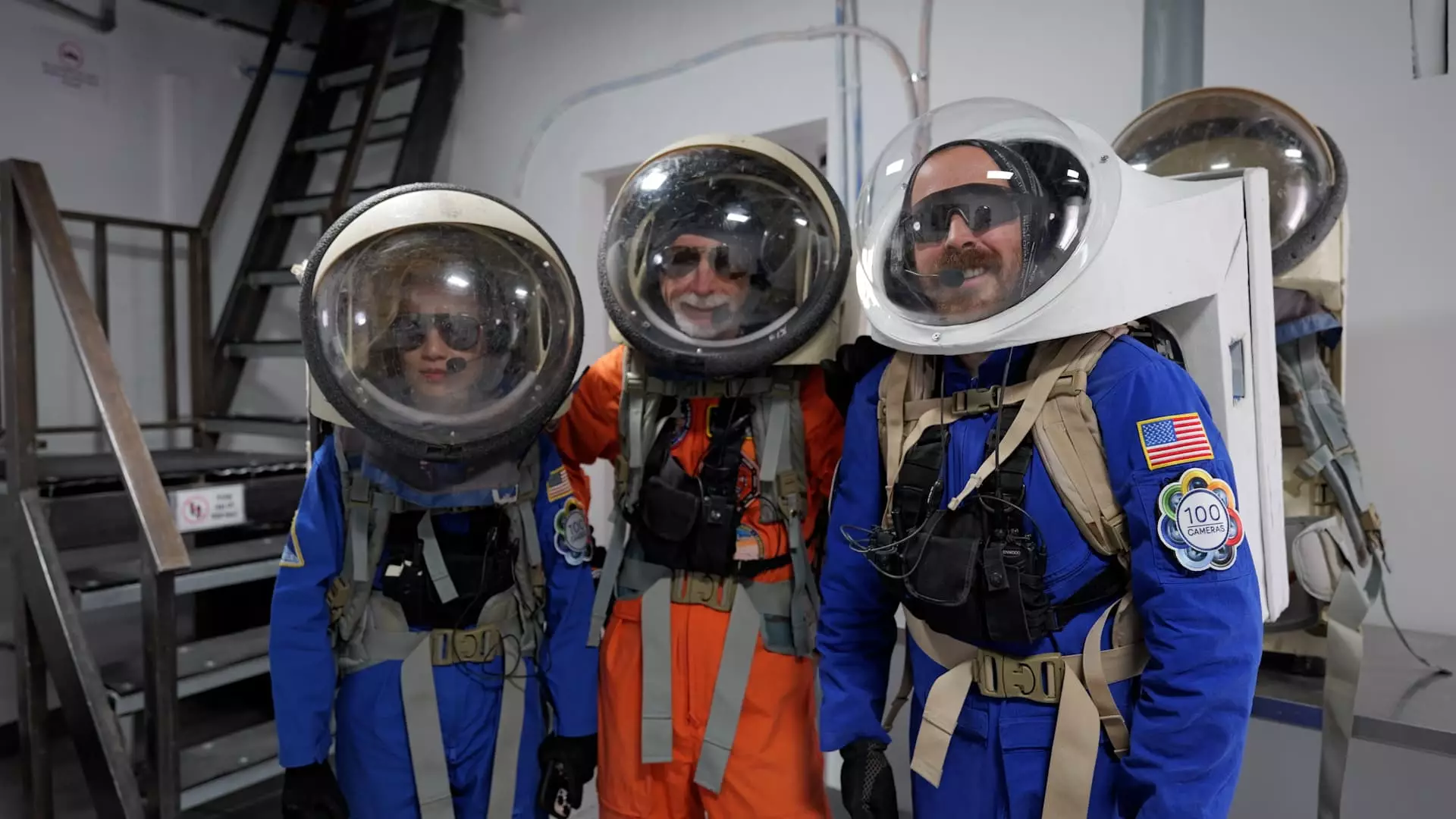Beneath the rugged canyons of Utah, a meticulously curated simulation fuels unrealistic optimism about humanity’s extraterrestrial ambitions. The Mars Society’s Desert Research Station (MDRS) presents itself as a near-authentic replica of Martian terrain, but this veneer of realism is ultimately just that—an illusion. While the environment mimics the physical landscape superficially, it fails to capture the stark difficulties and unpredictable variables inherent to life on Mars. The narrative churned out by enthusiastic organizers and proponents like Elon Musk, who envisions a firm timeline of human landings by 2029, is a polished myth that neglects the formidable technical, financial, and human challenges involved. These simulated missions, though valuable as training grounds, are not indicative of the complex, life-or-death realities awaiting real astronauts when they depart Earth’s comforting gravitational embrace.
Illusions of Progress and the Overhyped Race to Mars
Leading figures in space exploration often portray the journey to Mars as imminent and feasible—an achievement on the horizon, promising a new frontier for human civilization. Yet, this narrative grossly underestimates the profound costs and risks. The current mock missions at MDRS involve small crews living for weeks under life-boxing conditions, carefully choreographed to emulate space protocols. But these exercises are, at their best, theatrical exercises—learning tools rather than definitive steps to human colonization. There’s an undeniable hubris in assuming that such staged environments can adequately prepare humanity for the harsh realities of Martian surface operations, which demand robust solutions to radiation exposure, psychological endurance, and self-sufficiency far beyond what current simulations can provide.
The Underlying Economic and Ethical Flaws
Promoting Mars as the next great frontier glosses over the colossal economic and ethical considerations. The push for colonization is propelled by corporate ambitions, notably Musk’s Tesla and SpaceX, which prioritize technological breakthroughs that serve profit motives more than the genuine needs of humanity. This scramble for extraterrestrial territory resembles a late 19th-century conquest—driven more by expansionist zeal than pragmatic sustainability. The hype distracts from the pressing issues on Earth: climate change, resource depletion, and social inequality. Investing billions into hypothetical colonies at the expense of critical issues here at home signals a dangerous naïveté or, worse, a reckless neglect of our terrestrial responsibilities.
Why We Should Question the Martian Dream
Misinformed optimism about Mars reflects a broader disconnect—a desire to escape Earth’s problems rather than confront them. The idea that living on the red planet is a viable solution to human crises is less about practicality and more about escapism. It’s tempting to envision humanity as explorers conquering new worlds, yet this narrative fuels an unearned sense of heroism that ignores the responsible stewardship of Earth. As a centrist liberal advocate with a realist perspective, I believe that while space exploration is vital for technological progress and scientific understanding, it should never eclipse the urgent need to address the sustainability and equity of our own planet. The charm of Martian fantasies clouds the more urgent truth: true progress depends on healing our home, not seeking refuge in distant red sands.

